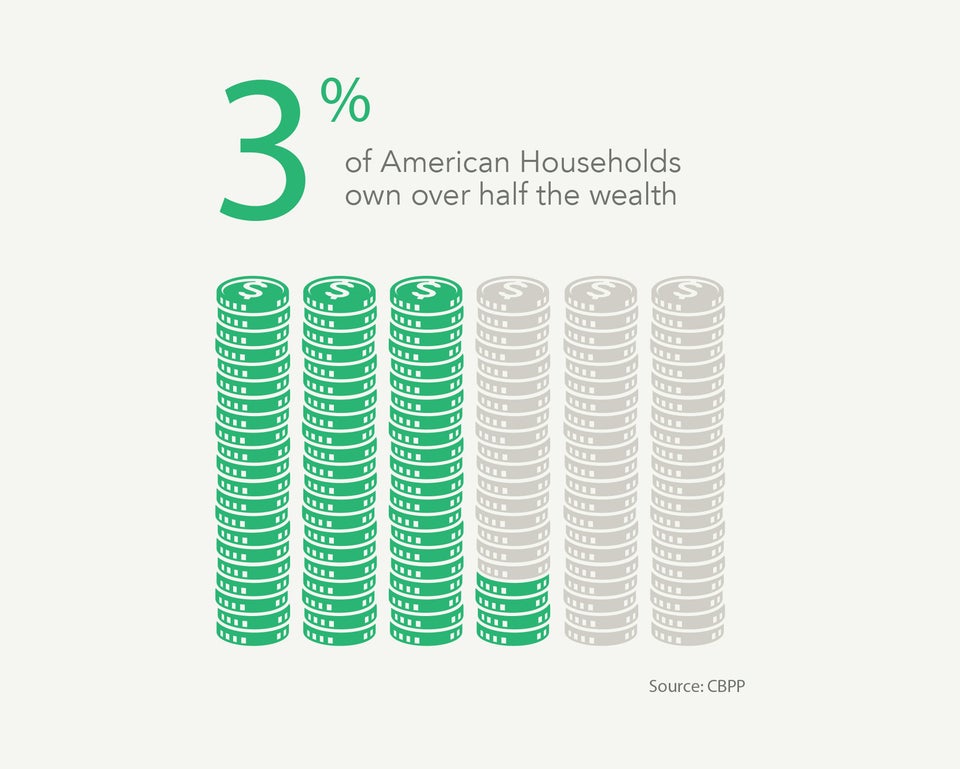From the Twitterverse to the Golden Gate Bridge, California's strict new law requiring childhood vaccination generated very public blowback last week. Many affluent parents have been vocal in their opposition to mandatory vaccination. The views of lower-income parents have received a lot less attention.
So how do lower-income families feel about mandatory vaccination?
It turns out that while they may struggle to get their kids vaccinated, they are very supportive of making it mandatory.
The California law strips away previously permitted exemptions for religious and personal beliefs. The law will also ban undervaccinated children -- those who have received some but not all the required shots -- from attending any public or private school until they meet the state's requirements.
According to a YouGov poll earlier this year, 71 percent of Americans from families earning less than $40,000 say that the government should require parents to have their children vaccinated against infectious diseases such as measles, mumps and whooping cough. The figures are 69 percent for those from families earning between $40,000 and $100,000, and only 55 percent for those from families earning more than $100,000.

But when asked whether undervaccinated children should be banned from attending public schools, low-income individuals were more likely to say no than higher-income individuals. Only 49 percent of those in the lowest income bracket said there should be such a ban, compared to 58 percent from the middle income bracket and 63 percent of those in the highest income bracket.

Considering that the majority of children in public schools come from low-income families, school vaccination mandates are an issue that disproportionately affects those families.
And for low-income households, undervaccination is often not a choice but a reflection of barriers to access.
Children from low-income families have been found to be consistently undervaccinated -- although the children whose parents file for vaccine exemptions are predominantly affluent. The problem starts young. A 2011 study by the Centers for Disease Control and Prevention found statistically significant gaps in vaccine coverage among children aged 19-35 months living below and above the poverty line.
There’s also an important distinction between the undervaccinated and the unvaccinated. Undervaccinated children tend to be black and come from families living near the poverty line; their mothers tend to be unmarried and to lack a college education. Unvaccinated children, on the other hand, tend to be white and to come from families with an annual household income of at least $75,000; their mothers tend to be married and college-educated.
The Affordable Care Act and government programs such as Vaccines for Children make certain vaccines free for eligible children. But studies find that factors such as inadequate transportation, limited clinic hours, language barriers and lack of information make full and timely vaccination a challenge for low-income households. Lack of access to a consistent medical provider has also been linked to under-immunization among low-income families.
These are problems that California's vaccination law can't solve.

